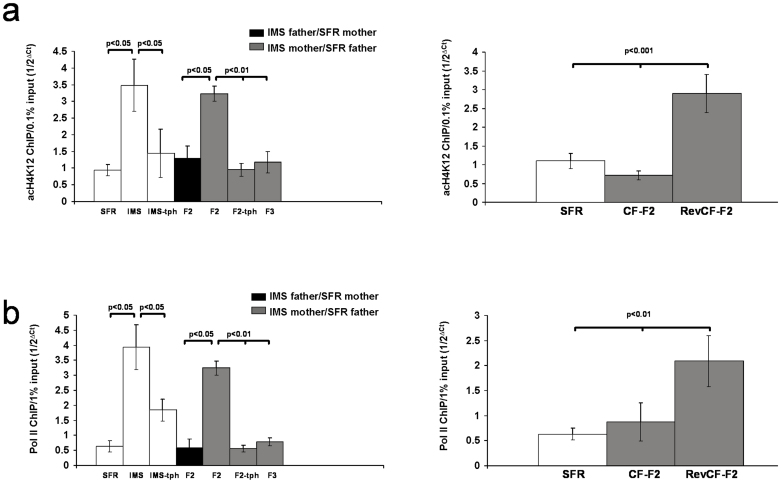Figure 3. acH4K12 and Pol II ChIPs targeting the Gαq promotor.
(a) acH4K12 ChIP. Left: A comparison between SFR, IMS, and IMS-tph mice (N = 9–10 animals/group; females and males) by ANOVA (F(2,27) = 4.958; p = 0.015; post hoc Tukey-Kramer multiple comparisons)) revealed significantly higher levels of acH4K12 in IMS Balb/c mice that were theophylline-reversible. A further comparison between SFR, F2 progenies of IMS fathers and mothers, and the F3 progeny of IMS mothers (N = 6–7 male and female animals/group) revealed significant differences (ANOVA (F(4,33) = 7.91; p = 0.0002) that were resolved post hoc only for the F2 progeny of IMS mothers. Their increased levels of acH4K12 were also theophylline-reversible. Right: Corresponding results obtained from cross-fostered mice. Significant differences revealed by ANOVA, F(2,18) = 14.459, p = 0.0003)) were resolved post hoc for RevCF-F2 mice that exhibited significant enrichment of acH4K12. (b) Pol II ChIP. Left: A comparison between SFR, IMS, and IMS-tph mice ((N = 6 animals/group; 3 females and 3 males) by ANOVA (F(2,18) = 11.455; p = 0.0007; post hoc Tukey-Kramer multiple comparisons)) revealed significantly higher levels of Pol II in IMS Balb/c mice that were theophylline-reversible. Another comparison between SFR mice, F2 progenies of IMS fathers and mothers, and the F3 progeny of IMS mothers (N = 5 males and females/group) revealed significant differences (ANOVA (F(4,25) = 29.52; p = 0.0001) that were also resolved post hoc only for the F2 progeny of IMS mothers that exhibited increased levels of Pol II at the Gαq gene promotor. This increased density of Pol II was not detected in the F2-tph progeny. Right: For the groups of cross-fostered mice and their SFR control, ANOVA (F(2,18) = 12.22, p = 0.0007)) revealed significant differences that were also resolved post hoc for RevCF-F2 mice that exhibited significantly greater Pol II enrichment.

